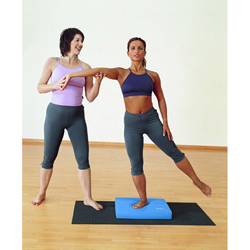Trying to decide which foam roller is best for you isn’t as easy as you might think, but it’s important. Choosing the right roller will help ensure effectiveness, usability and compliance. After all, if it doesn’t feel right you won’t be motivated to use it…and a roller that goes unused doesn’t provide much benefit!
In this article, we’ll look at three keys to consider when picking a roller, helping you break down the options. As follows, we’ve identified what we feel are the three most important factors; density, size/shape and construction.
- Density

Soft
Soft density rollers have more “give” or cushion to them. They’re designed for those who are looking for more comfort as opposed to the deeper massage of firm and standard rollers. The soft density produces a massage that is gentler on the muscles, making it ideal for users with sensitive muscles or those who simply prefer a less intensive massage.
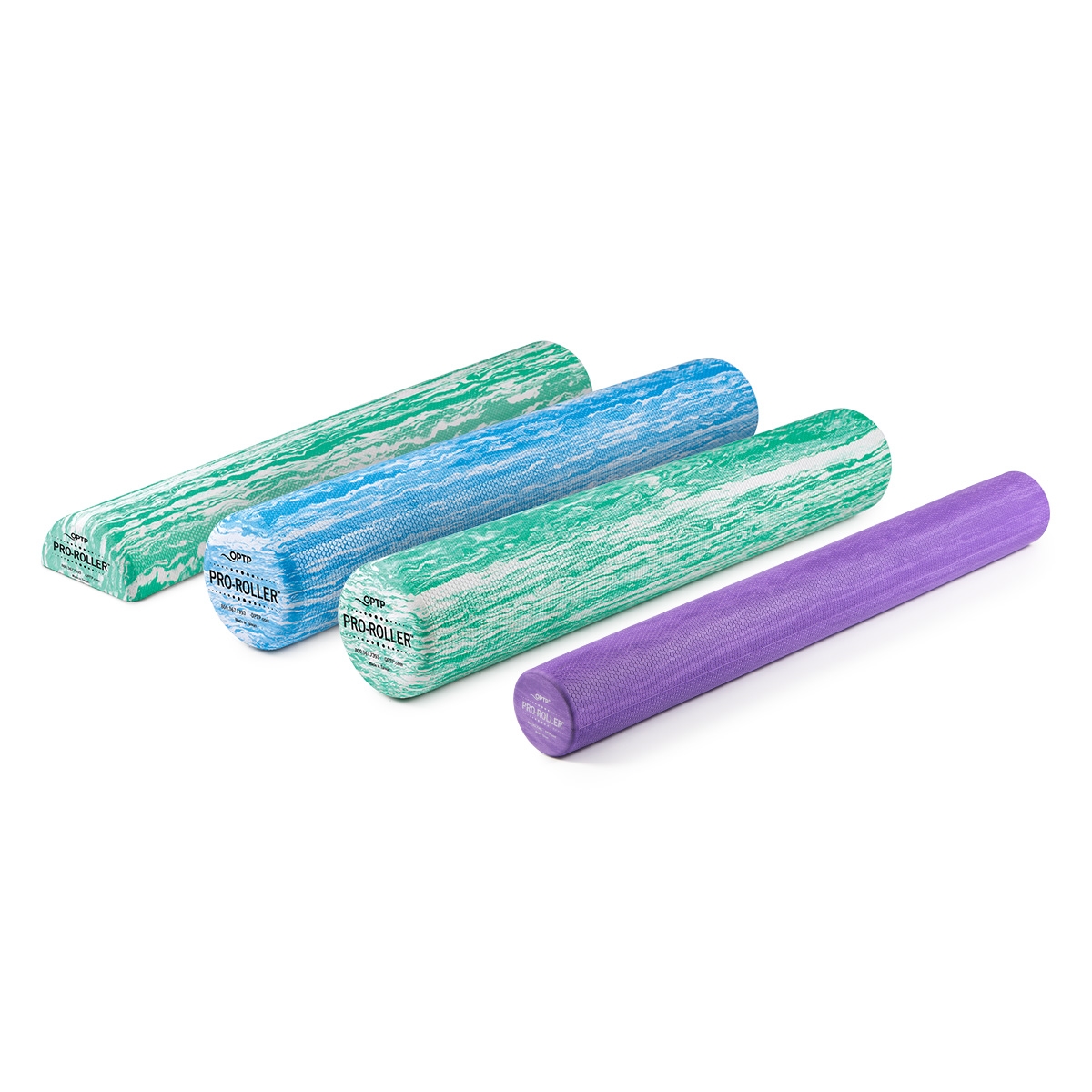
These rollers have a medium firmness. Their universal quality makes them ideal for both self-massage and exercise. They provide just enough firmness for deep massage while still having moderate cushion. Their medium density also serves nicely as stable props for use in core strengthening exercises such as those performed in Pilates and yoga.
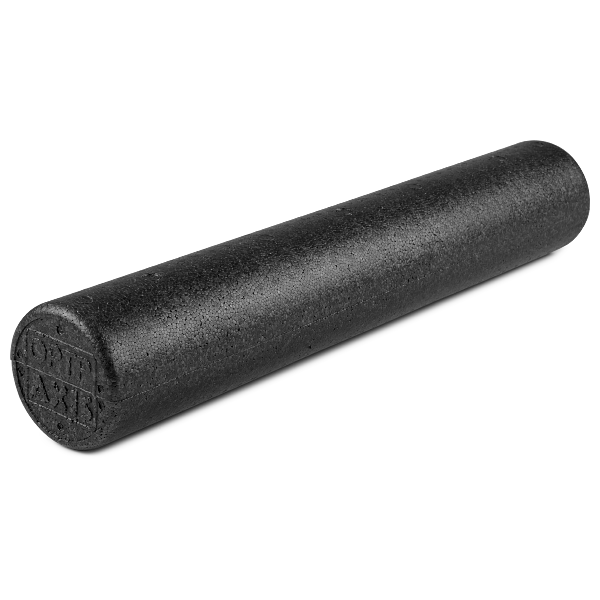
For those seeking a deeper, more intense massage, firm density foam rollers are the answer. Athletes and highly active individuals often have tight muscles that can benefit from the penetrating nature of these rollers. Firm rollers are great at breaking up even the most constricted fascia (the interconnected web surrounding the muscles), a process known as myofascial release.
- Size and Shape
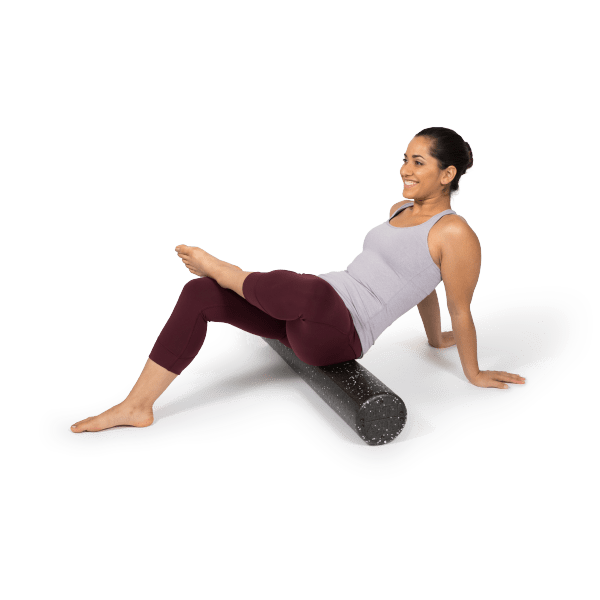
When most people think of a foam roller, this is usually what comes to mind. The typical full-size roller measures approximately 36” length x 6” diameter. This size is versatile for a variety of uses, including massage (ideally larger muscles groups like hamstrings, quads and the back), physical therapy and general exercise. Due to their three-foot length, these rollers are perfect for any type of exercise where you lie on the roller with it positioned vertically along the spine, such as Pilates or related core strength and balance movements.
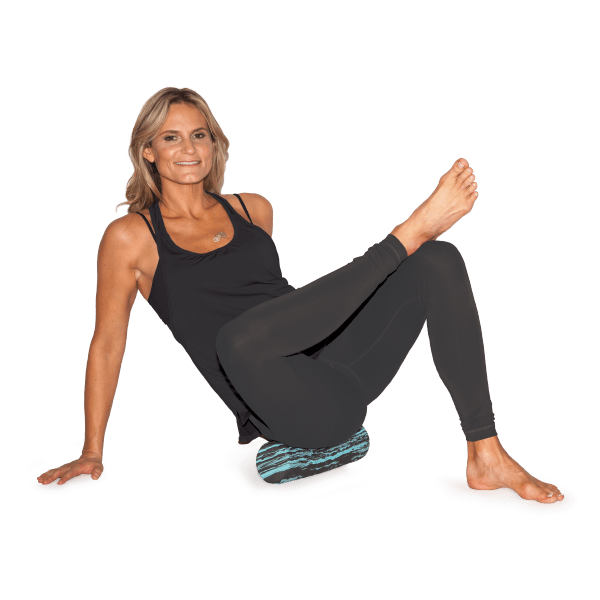
If you’re looking for a more portable roller, perhaps one that is travel size and you can take with you to the gym, physical therapy clinic or Pilates studio, consider a shorter length. Most shorter rollers have the same diameter as a traditional full-size (6” or thereabouts) but feature a shorter length; typically either 18” or 12”. In addition to the benefit of portability, they also make it easier to target certain muscle groups. The shorter rollers are ideal for targeting more precise areas such as calves, IT Bands or glutes.
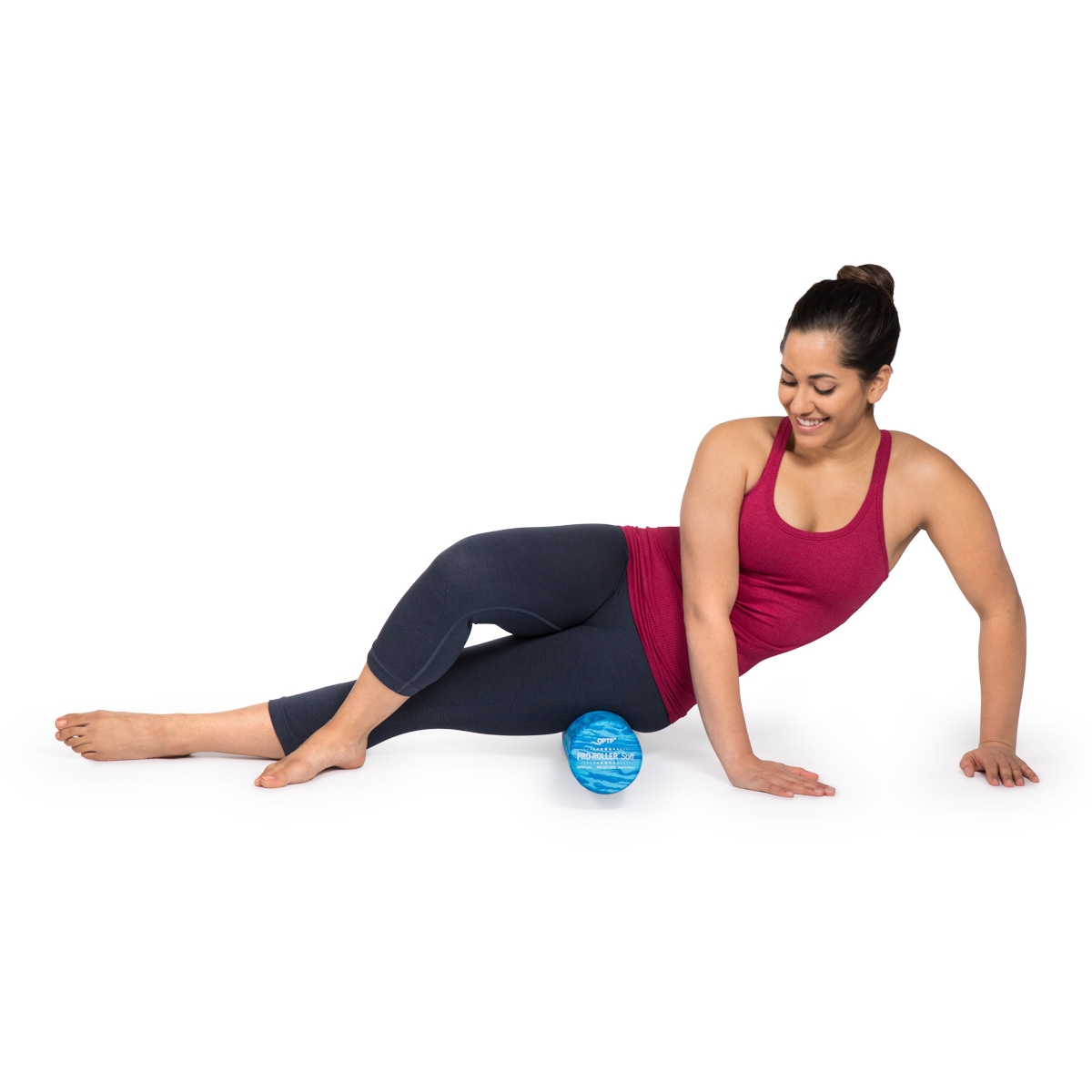
A smaller diameter roller — typically 4” — means that it will be lower to the floor and more stable. This is often important for physical therapy patients, aging users or those with a compromised sense of balance. Being lower to the floor means that it provides a safer, more stable feeling. It’s also easier to control while using for massage.
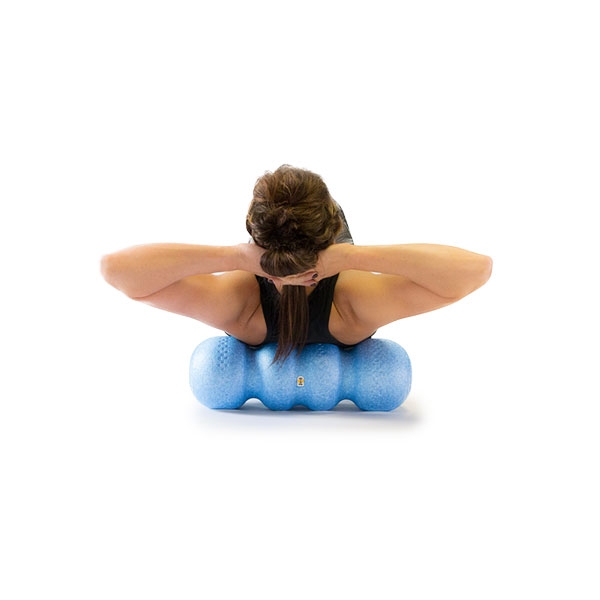
Need a little something extra? Some uniquely designed foam rollers offer protrusions for those that like a more invigorating massage or simply want the ability to target precise areas. Rollers with ridges, bumps or points can provide a deeper penetrating massage that breaks up fascia in even the most tight, compact areas.
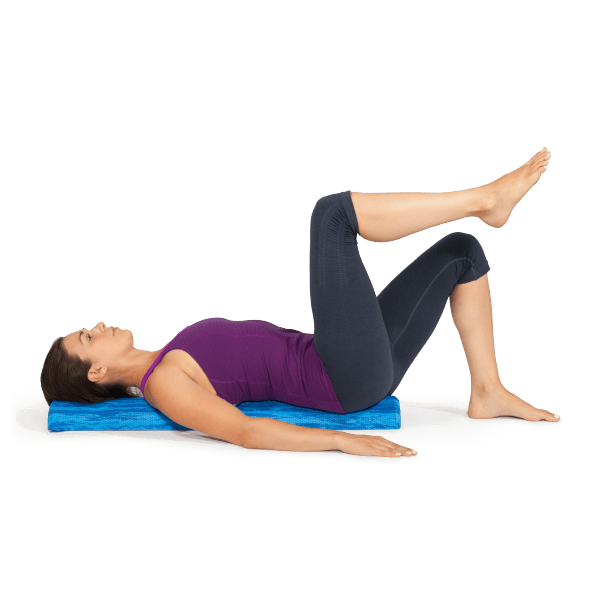
There are a variety of foam rollers that lend themselves nicely to balance and core strength exercise. Although they come in a range of shapes, a typical size is a 36” length x 3” height that is cut in half the long way, making it rounded on one side and flat on the other. This shape is useful for physical therapy, Pilates, yoga, Feldenkrais® and general core strength exercise.
- Construction
Open-Cell
Rollers built with an open-cell construction, while suitable for massage and exercise, tend to break down much faster than closed-cell rollers. You’ll typically find open-cell rollers at your local big-box store and, while inexpensive, there are higher-quality closed-cell options available at affordable prices. Closed-cell foam rollers offer the durability you expect from a foam roller and are available in two types of foam; EPP and EVA.
EPP Foam
Rollers made from EPP foam beads are high quality but still relatively inexpensive. They’re versatile and suited for users of all levels. Because they offer a nice combination of durability and affordability, they make a great starting point for the average person while still being effective for the more advanced user. EPP rollers are designed to last much longer than open-cell rollers, though they do not offer the supreme durability of EVA foam.
EVA Foam
Rollers made from EVA foam deliver unmatched durability. These “professional strength” foam rollers are built to withstand the type of heavy, repeated use often found in gyms, clinics or Pilates studios where many people are using them throughout the day. The at-home user can also benefit from the longevity of these rollers, having confidence in knowing they will hold up for a longer time than any of the other foam types.
As you can see, there’s a bit of thought required before making your foam roller purchase. But put the time in up front and you’ll be rewarded with a roller that suits your comfort level and intended usage, motivating you to use it with consistency. Start with the big three features — density, size/shape and construction — and you’re well on your way to making the perfect selection.
Ready to browse all the options? View OPTP’s extensive selection of foam rollers, including the densities, sizes and foam types mentioned in this article.







